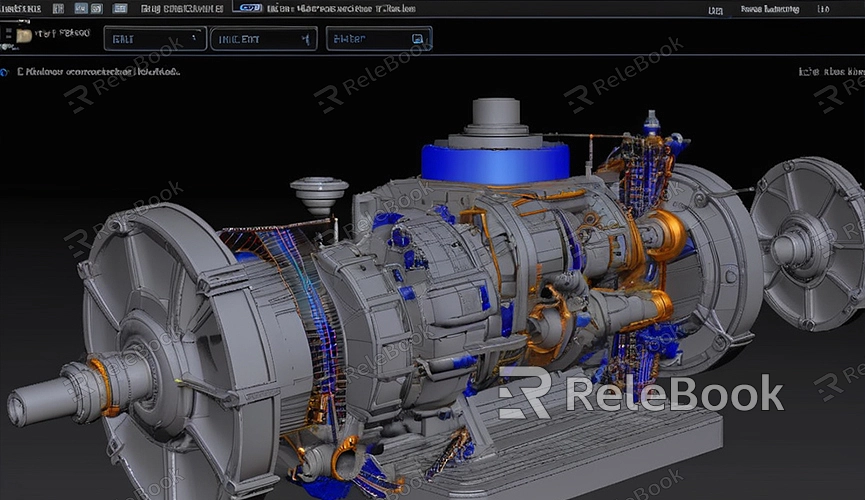How to render a blender video
Blender is a powerful open-source 3D modeling software that not only enables 3D modeling and animation but also facilitates rendering high-quality videos. If you're wondering how to render a video in Blender, this article will guide you through each step, helping you effortlessly complete the video rendering process.
1. Preparations
Before starting the rendering process, ensure the following:
1. Install Blender: Make sure Blender is installed on your computer. If not, you can download and install the latest version from the [Blender website]

2. Project Files: Open the project file of the video you want to render, ensuring that all animations, lighting, and material settings are completed.
2. Setting Output File Format
1. Open Output Properties Panel: In the Blender interface, locate and click on the "Output Properties" panel, represented by an icon resembling a printer.
2. Select Output File Format: From the "File Format" dropdown menu, choose a video format. Common video formats include FFmpeg video format, which supports various codecs and is suitable for most purposes.
3. Set Output Path: In the "Output" field, click on the folder icon to choose the location to save the rendered video and give it a filename.
3. Adjust Rendering Settings
1. Open Render Properties Panel: In the Blender interface, locate and click on the "Render Properties" panel, represented by an icon resembling a camera.
2. Choose Rendering Engine: From the "Render Engine" dropdown menu, select a rendering engine. Common rendering engines include Eevee and Cycles. Eevee is suitable for quick rendering, while Cycles is suitable for high-quality rendering.
3. Set Resolution and Frame Rate: In the "Output Properties" panel, set the resolution (e.g., 1920x1080) and frame rate (e.g., 30 frames per second) for rendering the video.
4. Set Animation Range
1. Set Start and End Frames: In the "Output Properties" panel, locate the "Frame Range" section and set the start and end frames. This determines the frames from which the rendered video will start and end.
5. Encoding Settings
1. Open Encoding Panel: In the "Output Properties" panel, expand the "Encoding" section.
2. Choose Encoder: From the "Container" dropdown menu, select a video container format, such as MPEG-4.
3. Set Video Encoder: From the "Video" dropdown menu, choose a video encoder, such as H.264.
4. Adjust Quality Settings: Adjust bitrate and quality settings as needed. Higher bitrate and quality settings increase file size but improve video quality.
6. Start Rendering
1. Save Project File: Before rendering, ensure to save your project file to prevent any unexpected issues during rendering.
2. Begin Rendering: Click on the "Render" option in the top menu bar of Blender, then choose "Render Animation" (shortcut key Ctrl+F12). Blender will commence rendering the animation and output it as a video file.
Rendering Optimization Tips
1. Use GPU Rendering: If your computer has a dedicated graphics card, you can choose GPU rendering in the "Render Properties" panel. GPU rendering typically offers faster rendering than CPU rendering.
2. Reduce Sampling Rates: In the "Render Properties" panel, adjust the "Sampling" settings. Lower sampling rates shorten rendering time but may reduce image quality.
3. Enable Denoising: In the "Render Properties" panel, enable denoising to improve image quality while maintaining lower sampling rates.
Common Issues and Solutions
1. Slow Rendering Speed: If rendering speed is slow, try reducing resolution, lowering sampling rates, or using GPU rendering.
2. Large Output Files: If the rendered video file is too large, adjust encoding settings to lower bitrate.
3. Low Video Quality: If video quality is subpar, increase sampling rates or adjust encoding settings to raise bitrate and quality.
By following these steps, you can effortlessly render high-quality videos in Blender. Whether for personal projects or commercial purposes, Blender's robust rendering capabilities can meet your needs. If you require high-quality 3D textures and HDRI or 3D model downloads when creating models and virtual scenes, you can download them from Relebook and directly import the textures and 3D models into your project.

